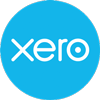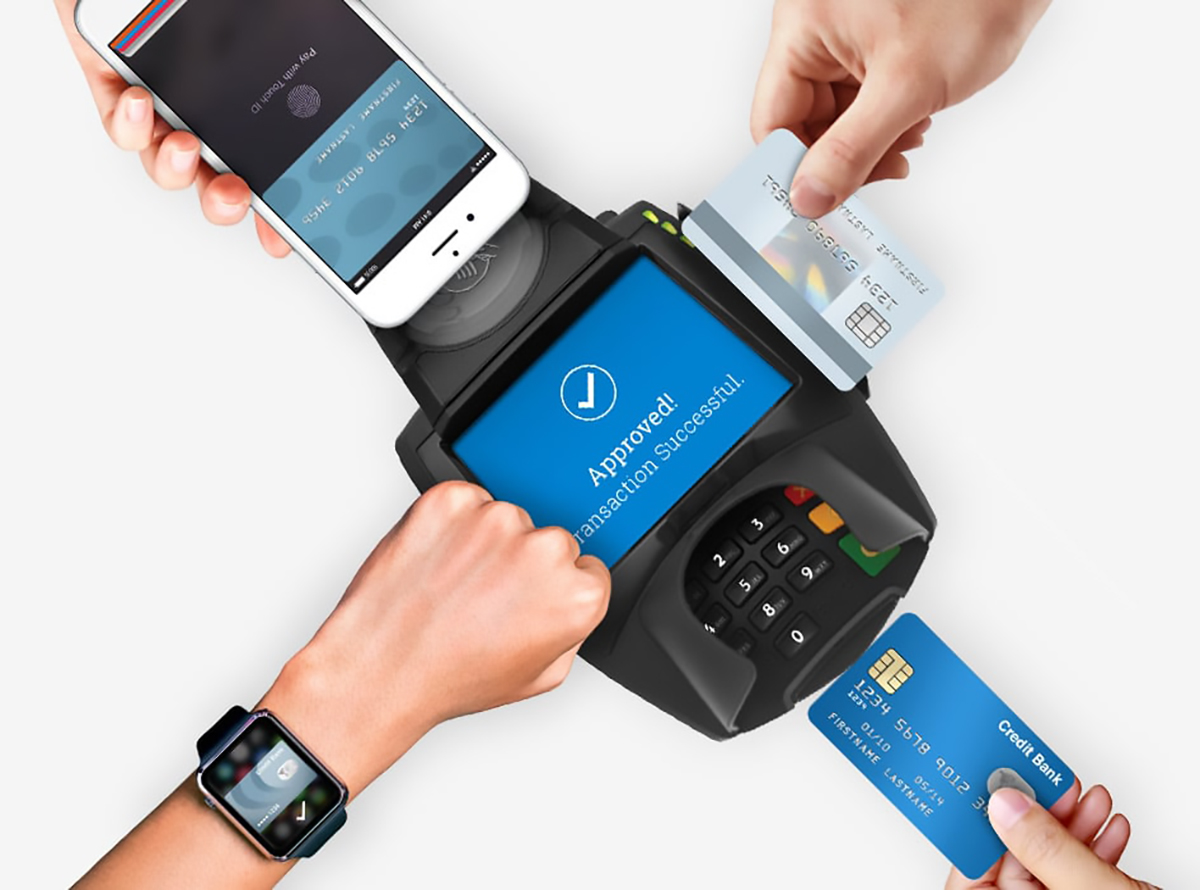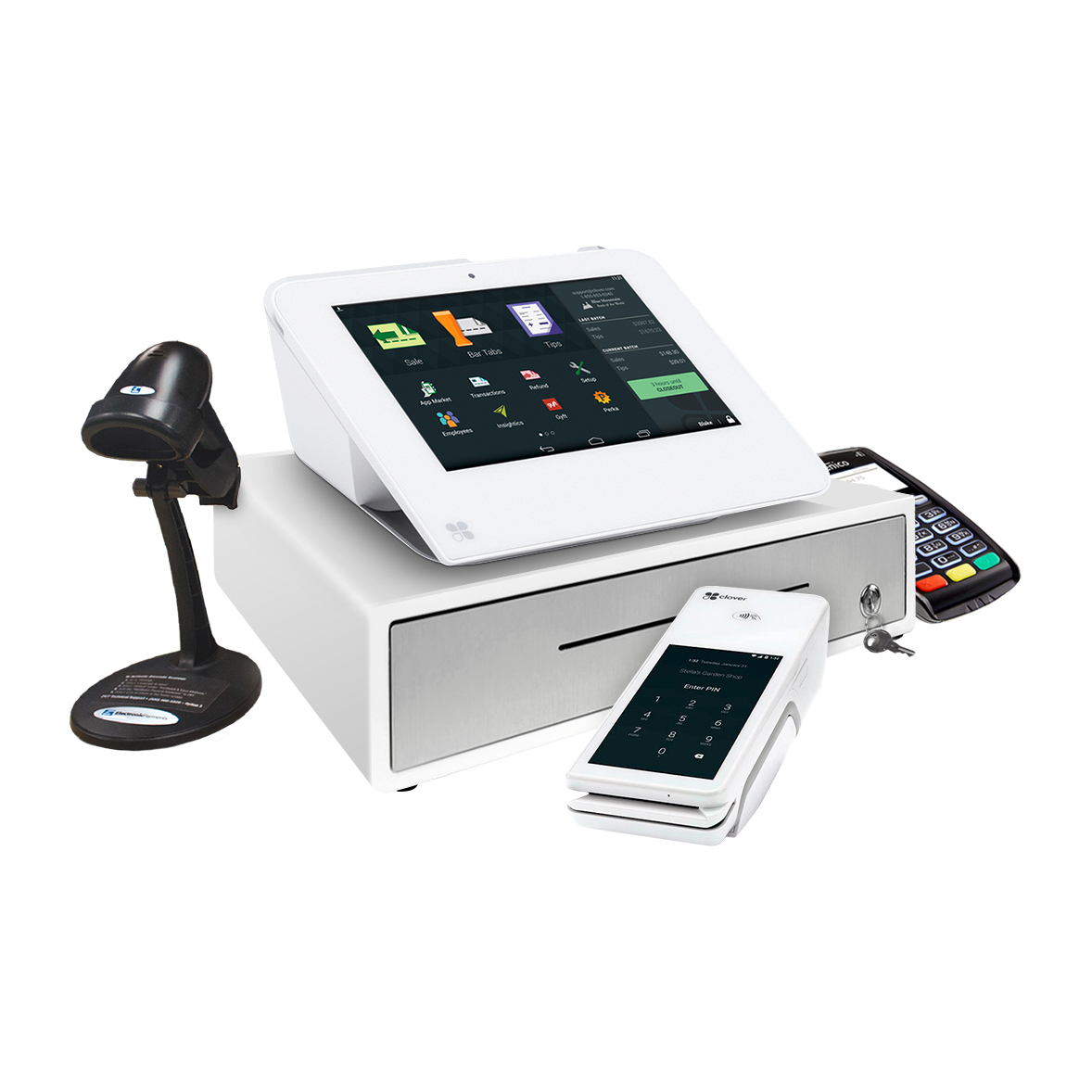Our cloud-based platform is so seamlessly integrated you would think it was part of your accounting software.




Automatically email invoices with QuickBooks

Streamlining Your Business with Automated Invoicing
In this fast-paced business world, automating your invoicing through QuickBooks through POS Broker can be a game-changer. By learning how to automatically email invoices with QuickBooks, you not only save time but also ensure accuracy and efficiency. This feature allows you to focus on running your business, knowing your invoices are being sent out on schedule.
Why Choose QuickBooks for Invoicing?
QuickBooks stands out as a versatile tool for small to medium-sized businesses. Its intuitive interface and comprehensive features make financial tracking and management seamless. With the capability to automatically email invoices with QuickBooks, it reduces manual effort and enhances cash flow efficiency.
QuickBooks offers customizable templates, allowing you to add branding elements like logos and personalized messages. This personalization not only reinforces your brand identity but also helps in building trust with clients. Additionally, QuickBooks integrates smoothly with various payment gateways, simplifying the payment collection process.
Furthermore, the software provides insightful analytics, helping you keep track of outstanding invoices and payment history. This data-driven approach enables businesses to make informed decisions and optimize their financial strategies.
How Can You Set Up Automatic Invoicing in QuickBooks?
- Navigate to the Workflows section within your QuickBooks dashboard.
- Select the option to create a new workflow and choose invoicing.
- Customize the settings to automatically email invoices with QuickBooks, specifying the frequency and conditions.
- Review your template settings, ensuring all necessary details like due dates and payment terms are accurate.
- Activate the workflow and monitor it to ensure it runs smoothly.
What Issues Might You Face While Automating Invoices?
While setting up to automatically email invoices with QuickBooks is generally straightforward, you might encounter some hurdles. A common issue is misconfigured email settings, which can cause delivery failures. Ensure that your email preferences in QuickBooks are correctly set up to prevent such mishaps.
Another potential challenge is ensuring that the invoice template details are consistently updated to reflect the latest information. Regular audits of your invoice templates can help maintain accuracy and professionalism.
Personal Insights from Industry Experience
Having been in the industry for over two decades, I've seen firsthand the transformative effect of automating business processes. Implementing the ability to automatically email invoices with QuickBooks has dramatically reduced the administrative burden for many of my clients, allowing them to redirect resources towards growth-focused initiatives.
A client of ours, a mid-sized retail company, reported a 30% reduction in late payments after adopting QuickBooks for automatic invoicing. This improvement not only enhanced their cash flow but also strengthened their client relationships by reducing payment disputes.
The Future of Automated Invoicing and QuickBooks
- Increased integration with AI for predictive invoice timing.
- The rise of blockchain for enhanced invoice security.
- Real-time global currency conversion for international clients.

Send Invoices Frequently on QuickBooks
As an expert with over two decades of experience in the realm of QuickBooks credit card processing, I've often observed how businesses can dramatically boost their cash flow by choosing to send out invoices more frequently on QuickBooks. Let's explore why increasing invoice frequency can be a game-changer. Sending invoices more often means reduced waiting times for payments, leading to a healthier cash flow. This strategy helps businesses meet their obligations promptly while seizing new opportunities without cash constraints.
Our solutions at The POS Brokers empower users with advanced invoicing tools that simplify frequent invoicing. From customizable templates to automated billing schedules, QuickBooks offers everything you need to keep invoicing hassle-free and efficient. Using QuickBooks to send out invoices more frequently can drastically reduce your manual workload and potential errors.
Can Increasing Invoice Frequency Improve Cash Flow?
Absolutely! By choosing to send out invoices more frequently on QuickBooks, businesses often experience improved cash flow and liquidity. Decreasing the time between issuing invoices and receiving payments ensures you can continue daily operations without financial hiccups.
Consider the example of a small marketing firm that switched from monthly to bi-weekly invoicing. This adjustment enabled them to cover expenses like salaries and software licenses more smoothly, thanks to expedited revenue inflows.
How to Seamlessly Send Out Invoices More Frequently on QuickBooks
Ready to optimize your billing process for better financial outcomes? Here's how:
- Utilize QuickBooks' automated invoicing features to set up recurring billing schedules tailored to your business model.
- Leverage our advanced integration tools to easily manage invoices, ensuring they reach clients in a timely manner.
- Take advantage of the Biller Genie Integration within QuickBooks for automated payment reminders and collections.
- Use custom templates for branding your invoices, making them recognizable and professional to your clients.
By following these steps, your QuickBooks setup can become an efficient, automated invoicing powerhouse.
Common Questions About Sending Invoices More Frequently
Is frequent invoicing too overwhelming? Not with QuickBooks! By utilizing its automated features, you can set and forget your invoice schedules, letting the software take care of timely dispatches.
Frequent invoicing might seem daunting at first, but once you entrust QuickBooks' seamless integration, the process becomes an easy, streamlined task.
- Does it lead to higher fees? Not with The POS Brokers! We ensure you access merchant services with lower fees, maximizing the benefits of frequent invoicing.
- Will my clients find it annoying? Clear communication is key. Inform clients about your new billing procedures, emphasizing the benefits like better service continuity and prompt customer support.
Tips for Successful Frequent Invoicing on QuickBooks
With years of experience helping businesses leverage QuickBooks, I've identified some best practices:
First, define a clear billing cycle that aligns with your cash flow needs and client expectations. Second, always use QuickBooks' automation capabilities to minimize manual errors. Third, take advantage of customer segmentation to tailor invoices and communication.
Finally, always be open to feedback. Regularly review how your invoicing frequency impacts your cash flow and client satisfaction and be ready to adjust as needed.
Benefits of Frequent Invoicing with QuickBooks
As a seasoned expert in streamlining business operations through QuickBooks, I can attest that scheduling more frequent invoicing on QuickBooks significantly enhances cash flow management. By sending out invoices more regularly, you ensure that payments are quicker, which means greater liquidity for your business. In turn, this facilitates timely settlements of your own liabilities.
Frequent invoicing can also foster better client relationships, as it provides a more consistent touchpoint. Clients appreciate timely and regular interactions, making them more likely to pay on time. From my experience, businesses that adopted this strategy reported a noticeable decrease in overdue invoices, leading to reduced administrative overhead.
Moreover, when you schedule more frequent invoicing on QuickBooks, it offers you a chance to regularly update and review the status of your accounts. This ongoing vigilance helps in identifying delinquent accounts early, allowing for proactive measures to be taken. Ultimately, your business becomes more resilient and prepared to face unexpected expenses.
How to Schedule More Frequent Invoicing on QuickBooks
Over the years, I've guided many businesses through the nuances of QuickBooks, unlocking its full potential for scheduling frequent invoices. Here's a simplified guide that can help you get started with this essential feature.
- Access the Recurring Transactions Menu: Begin by navigating to the gear icon in QuickBooks and selecting "Recurring Transactions." This is where you'll manage all your scheduling needs.
- Create a New Template: Click "New" to set up a template for your scheduled invoices. Choose 'Invoice' from the transaction type dropdown menu.
- Define Your Schedule: Customize the interval at which you'd like your invoices sent, such as weekly or bi-weekly, depending on your business's needs.
- Attach Client Details and Save: Input your client's information and any specific details needed for the invoice. Save your template, and QuickBooks will handle the rest.
By opting for automated scheduling, you not only save time but also reduce the risks of missed billing cycles. This step-by-step process transforms invoicing from a monthly chore into a seamless, continuous operation.
What Are Common Questions About Invoicing and Payment Processing?
One question I frequently encounter in my two decades of experience revolves around aligning payment processing with frequent invoicing. Many wonder if increased billing frequency might confuse clients or lead to payment processing errors.
In my experience, transparency and communication are key. Inform your clients about the new schedule before implementation. Clarifying that frequent invoicing is intended to improve service continuity and ensure timely payments helps prevent misunderstandings. Leveraging QuickBooks' features like automated reminders and clear, branded invoices further eases the transition.
Another common question pertains to fee management. Businesses often worry about the potential increase in processing fees with more frequent invoicing. However, solutions offered by The POS Brokers, such as optimized merchant accounts and lower transaction fees, ensure that you maintain control over your expenditure while enhancing your cash flow.
These inquiries reflect common concerns, but with the right strategies and tools, the benefits of frequent invoicing far outweigh potential drawbacks. By integrating advanced QuickBooks features, businesses can manage these changes smoothly and effectively.
Leveraging QuickBooks Tools and Integration for Seamless Invoicing
As someone who has worked closely with QuickBooks for years, I have witnessed firsthand the transformational power of integrating QuickBooks with complementary tools. These integrations ensure that scheduling more frequent invoicing becomes second nature, allowing businesses to thrive.
Tools such as Biller Genie automate the collections process, reconcile payments, and dispatch reminders without manual intervention. When integrated into your QuickBooks setup, these tools allow you to focus on core business operations while ensuring your invoicing runs like clockwork.
Additionally, the seamless integration of QuickBooks with merchant services ensures that payment processing remains smooth and cost-effective. By using advanced invoicing tools, businesses can customize invoice templates, set schedules, and allow clients to store payment methods securely.

How can automating the emailing of invoices in QuickBooks improve a business's cash flow?
Automating invoice emails in QuickBooks can significantly streamline cash flow management. By ensuring invoices are dispatched on time without manual intervention, businesses reduce delays in billing and improve the speed of payment collection. Imagine you're running a small marketing agency; automating this process means you spend less time on administrative tasks and more on creative work, leading to smoother operations and enhanced client satisfaction. Plus, timely invoices result in faster payments, reducing periods of cash constraints and enabling you to invest back into your business. Have you considered how automated processes like these may free up time for your team to focus on growth-oriented tasks?
What are some common issues businesses face when setting up automatic invoicing in QuickBooks, and how can they be addressed?
While setting up automatic invoicing in QuickBooks is generally straightforward, some businesses encounter challenges such as misconfigured email settings or outdated invoice templates. These can lead to delivery failures or inaccuracies. Ensuring your QuickBooks email preferences are correctly configured is crucial, and regularly auditing your templates can maintain professionalism and accuracy. I recall helping a client who faced these issues, and by simply updating their settings and templates, they saw a marked improvement in their invoicing reliability. Have you checked your QuickBooks settings recently to ensure they're optimized for accuracy and efficiency?
Can increasing the frequency of invoices improve overall cash flow, and if so, how?
Yes, increasing invoice frequency can lead to improved cash flow by reducing the waiting period between issuing an invoice and receiving payment. For example, a consulting firm that shifted from monthly to bi-weekly invoices noticed more consistent revenue inflows, which allowed them to meet ongoing expenses more easily. This approach ensures businesses have the liquidity needed to seize opportunities or tackle unexpected expenses. Consider whether more frequent billing might help your business maintain a smoother cash flow and decrease financial strain.
How can QuickBooks tools and integrations be leveraged to effectively automate and schedule frequent invoicing?
QuickBooks offers a range of tools and integrations, like Biller Genie, which can automate and schedule frequent invoicing seamlessly. These integrations handle everything from sending invoices to managing reminders and reconciling payments, allowing you to focus on core business activities. I worked with a retailer who leveraged these tools to streamline their invoicing, ultimately seeing a 30% reduction in late payments. This approach not only saves time but also ensures none of your invoices slip through the cracks. Have you explored the full suite of QuickBooks integrations available to enhance your invoicing process?
Does frequent invoicing in QuickBooks have any impact on client relationships, and how can businesses manage this effectively?
Frequent invoicing can enhance client relationships by providing consistent touchpoints and ensuring transparency. Clients are less likely to feel overwhelmed if there's clear communication about why your business is adopting more frequent invoicing -- such as better service continuity. I've seen many businesses that keep an open dialogue with clients about their invoicing practices experience improved trust and on-time payments. Regularly updating clients and seeking their feedback can help maintain a positive rapport. Do you have strategies in place to communicate billing changes to your clients effectively?
What are some tips for implementing frequent invoicing efficiently using QuickBooks?
Implementing frequent invoicing on QuickBooks efficiently involves defining a clear billing cycle, utilizing QuickBooks' automation features, and adapting client communication. First, ensure your invoicing schedule aligns with your business needs and client expectations. Second, leverage automation to minimize manual errors, using customizable templates to maintain branding consistency. Finally, gather feedback to refine your process continuously. A friend who runs a digital agency found that regular client surveys helped optimize their invoicing strategy and improve cash flow. What steps can you take today to refine your invoicing process for better efficiency?
Resources
- QuickBooks Official Website - Explore the official website of QuickBooks for comprehensive information on automated invoicing and financial management solutions.
- U.S. Small Business Administration - Access resources and tools provided by the U.S. Small Business Administration to support small business owners in various aspects of their operations.
- AccountingTools - Visit AccountingTools for valuable resources and information on accounting principles, practices, and software like QuickBooks.
- Investopedia - Find insightful articles and resources on finance, investing, and accounting topics, including guides on using QuickBooks for invoicing.
- Entrepreneur - Discover business insights, tips, and trends on Entrepreneur's website, offering guidance on leveraging tools like QuickBooks for business success.
Contactless Payments!
Ensure your safety with the convenience of contactless payments. Our wide range of devices offers seamless contactless payment options, along with mobile contactless alternatives for hassle-free curbside pickups and deliveries. Contact us today for further details and stay secure.
Chip Card
Swipe Card
Apple Watch
E-Check
NFC Phone
 Quick Tip
Quick Tip
38% of new business owners make the wrong choice when selecting a POS for their startup.
Let Us Help You Choose the Right POS System and Save You the Hassle!

Contactless Payments!
Stay safe with contactless payments. All of our devices have contactless payment options and mobile contactless options for curbside pickups and deliveries. Call now for more information.
Chip Card
Swipe Card
Apple Watch
E-Check
NFC Phone
Ready to talk to an advisor?
Complete the form or call us now to talk to a live representative.
“The POS Brokers are amazing. They answered all our questions and explained everything clearly.”
Retail Owner






Reviews
There are no reviews yet.